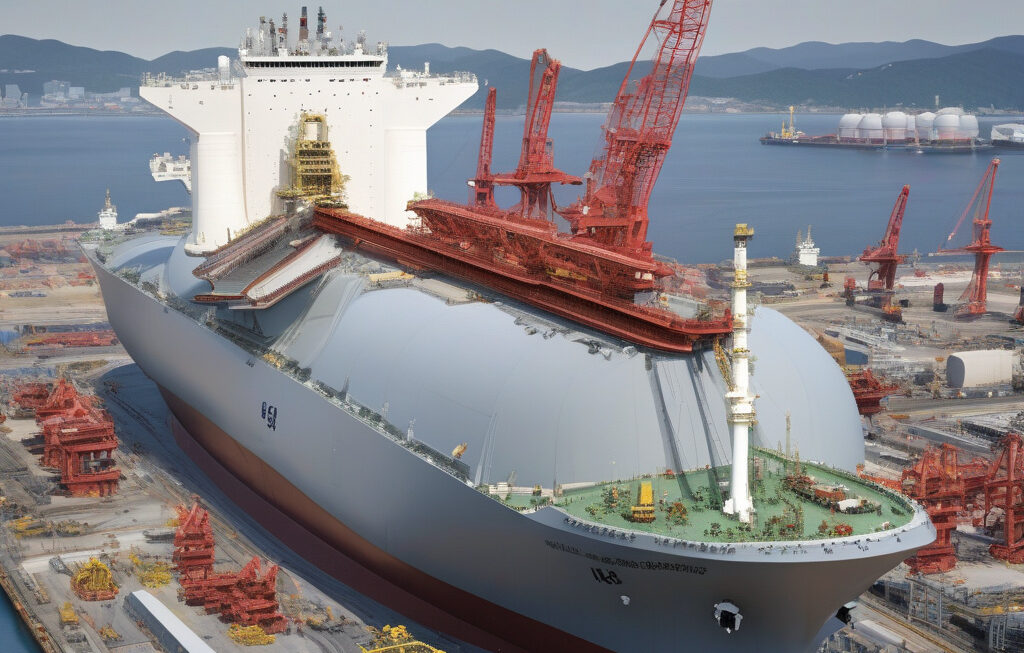Finland Traps 14 GWh of Waste Heat a Mile Underground Using Breakthrough Tubes
A waste incineration plant in Finland has used glass fiber reinforced polymer (GFRP) tubes to achieve an unprecedented milestone in sustainable energy innovation. By trapping 14 gigawatt-hours (GWh) of waste heat a mile underground, Finland showcases a groundbreaking approach to harnessing and repurposing excess thermal energy.
The concept behind this pioneering project involves the utilization of GFRP tubes to capture waste heat generated by the incineration process. These tubes, known for their durability and resilience, provide a conduit for transferring the excess heat deep into the ground. Once underground, the heat is stored and can be later retrieved and converted into usable energy through a heat pump system.
The significance of this achievement extends beyond the mere storage of waste heat. By effectively trapping and repurposing thermal energy that would otherwise go to waste, Finland is not only reducing its environmental impact but also contributing to the sustainable energy transition on a global scale. This innovative approach aligns with the country’s commitment to reducing carbon emissions and fostering a more eco-friendly energy sector.
Moreover, the use of GFRP tubes in this context highlights the importance of advanced materials in enabling such groundbreaking projects. The exceptional properties of GFRP, including high strength, corrosion resistance, and thermal conductivity, make it an ideal choice for applications that require durability and efficiency, such as underground heat storage.
In practical terms, the ability to store waste heat underground offers a range of benefits. Not only does it facilitate the efficient use of excess energy, but it also provides a reliable source of heat for various applications, including district heating and industrial processes. This innovative solution exemplifies the potential of thermal energy storage in addressing both energy security and sustainability challenges.
Furthermore, the success of Finland’s waste heat trapping project serves as a testament to the power of collaboration between industry, academia, and government. By pooling resources, expertise, and funding, stakeholders were able to turn a bold idea into a tangible reality, demonstrating the value of interdisciplinary partnerships in driving technological innovation.
As the global demand for clean energy solutions continues to grow, initiatives like Finland’s waste heat trapping project pave the way for a more sustainable future. By leveraging cutting-edge technologies, such as GFRP tubes and underground heat storage, countries around the world can reduce their carbon footprint and transition towards a more renewable energy landscape.
In conclusion, Finland’s achievement in trapping 14 GWh of waste heat underground represents a significant milestone in the realm of sustainable energy innovation. Through the strategic use of advanced materials, collaborative partnerships, and visionary thinking, Finland has set a precedent for harnessing waste heat and transforming it into a valuable resource for the benefit of society and the environment.
sustainableenergy, innovation, Finland, GFRPtubes, wasteheat












